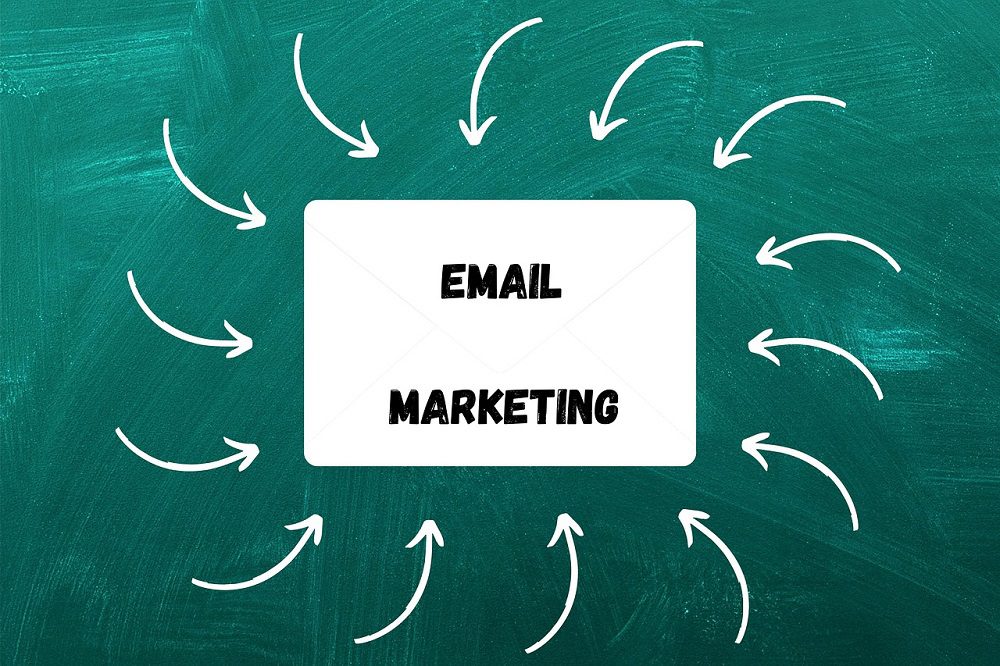Looking to take your small business to new heights? If so, then it may be time to refine your marketing strategy. And if you want to maximize your marketing return on investment, email is the way to go.
In fact, a great email marketing campaign can yield an ROI of $36 for every dollar spent. How’s that for results?
Of course, not all email marketing campaigns are created equal. The good news? You don’t need a ton of marketing experience to create and execute a successful email campaign. We’ve compiled a list of the best email marketing tips for small business owners to help you get started.
1. Personalize Your Emails
No matter your audience, consumers want to be seen as individuals. With this in mind, a little personalization can go a long way in an email campaign. Personalized emails stand out in a sea of generic emails. As a result, they’re more likely to be opened and clicked on.
So, how do you personalize an email?
There are plenty of possibilities to consider. One of the easiest and most effective ways is to include your recipient’s name in the subject line. You can also personalize the body of an email with content that is relevant to your target audience. A little effort can go a long way here.
2. Segment Your Lists
If you’re not using segmentation in your email lists, you’re missing out. Specifically, segmentation means separating your email list into smaller subgroups. These subgroups are formed based on shared interests, characteristics, or behaviors.
Once you’ve defined your segments, you can send out targeted emails to different segments of your list.
There are many benefits to segmenting your email lists. Namely, it makes it easier for you to send out relevant content to each segment.
Some common factors to consider when segmenting email lists include:
- demographics
- interests
- email preferences
- behaviors (such as past purchases)
3. Automate Your Emails
Did you know that businesses using email automation typically see 51% higher conversion rates than businesses not using automation? If you’ve been avoiding email automation because it seems too complicated, think again. There are plenty of tools and platforms that make automation easier than ever.
Automating your emails saves you valuable time. This is time that you can spend on other important aspects of growing your business.
There are many ways to automate your emails. For example, you can send out automated messages based on audience actions.
Subscriber makes a purchase? Boom! Automated email with a “thank you” message and order summary.
Subscriber abandons a cart? Boom! Automated email with a special discount code for items remaining in the shopper’s cart.
4. Nurture a Relationship
Email marketing is not just about the sale. It’s about cultivating a relationship that will last for many years to come (and hopefully resulting in ongoing sales).
Ultimately, building relationships with your subscribers will require a thorough knowledge of your audience. However, there are some basic strategies that tend to be effective. Aside from being personal in your emails, make sure that your messages are providing value to your readers.
You can also build and keep a relationship going with your email subscribers by simply staying in touch. Avoid going too long in between emails. Even if you don’t have a special deal or new product/service to share, a quick “hello” message to your subscribers can go a long way. Using one of the best email marketing software for small business can make this process much easier for you and your team.
5. Use Confirmed Opt-In
Adding subscribers to your email list may seem simple enough. Somebody provides you with an email address in an online form. They’re added to your list. That’s it, right?
Unfortunately, a single opt-in isn’t always the best choice for small business marketing. When you don’t require any additional steps to join your email list, the quality of your list diminishes. You may end up with emails that have been added by spam bots or email addresses with typos.
By using confirmed opt-in, you require your subscribers to take one additional step. This often means having them click on a confirmation link sent to the email address provided. This small extra step verifies that the subscribers on your list are actually those interested in receiving your messages. This improves the quality of your email list while setting your marketing campaign up for success.
6. Always Send a Welcome Email
If you’re not sending a welcome email to new subscribers, you’re missing out on a big opportunity.
Typically, welcome emails have the highest open and click rates of any email. This gives you a chance to start your relationship with a subscriber on the right foot and set expectations moving forward.
A welcome email is also an opportunity to establish your voice and really get people excited about your brand.
When crafting a welcome email, keep a few tips in mind. For starters, avoid trying to sell anything outright in this email. Instead, simply thank your subscribers and introduce them to your brand. This is also a good time to ask your new subscriber to add your email address to his or her safelist. This will ensure that none of your messages end up in that dreaded “spam” folder.
7. Make Your Emails Mobile-Friendly
More people check emails on their mobile devices than desktops/laptops these days. In fact, one report projects that mobile email accounts for up to 78% of all email opens today. With this in mind, your emails need to be mobile-friendly.
There are many tips to follow that will make your emails more responsive. For starters, test your emails across multiple mobile devices to ensure they’re displaying properly. Likewise, make sure your subject lines aren’t too long and always use pre-header text.
Consider using an email template that’s been tested across a variety of devices to save yourself some time and hassle.
8. Never Purchase an Email List
As tempting as it might be to purchase an email list, you’re better off building one from scratch. Buying an email list is actually illegal in some countries, and for good reason. The bottom line is that when you purchase an email list, the people on that list have not opted in. Sending unsolicited messages is a great way to tarnish your company’s reputation.
Likewise, as people begin marking your emails as spam, this can set off a number of “red flags” with your Internet Service Provider (ISP). Over time, emails sent by your company could automatically be filtered as spam.
Rather than purchasing an email list, make the effort to build one yourself. This will require more effort in the short-term, but it will pay off immensely in the long run.
9. A/B Split Test
Want to test the effectiveness of an email campaign? A/B split testing is an effective strategy!
Specifically, A/B testing means sending out two variations of your message. One variation goes to a control group and the other one goes to a test group. From there, you can measure the success of each message based on metrics like:
- open rates
- click-through to open rates
- opt-out rates
A/B split testing is a great way to figure out which variation will perform best so you can improve your future email strategy.
10. Track Your Data
All these email marketing tips and strategies won’t do you much good if you’re not tracking your results. Use the right tools to track the data and performance for each campaign. From there, you can determine what’s working, what’s not working, and what needs to be improved through testing.
Some key metrics to look at when assessing your campaign performance include:
- delivery rate – the percentage of emails that were actually delivered to the intended address.
- open rate – the percentage of people who opened your messages.
- click-through rate – the percentage of people who clicked on the link(s) in your email.
- conversion rate – the percentage of people who completed the goal of the campaign.
Make the Most of Your Email Marketing Strategy
There’s a lot to keep in mind when designing an email marketing campaign for your small business. However, when you take the time to implement these email marketing tips, you’ll be set up for success. From there, you can start reaping the many benefits of email to grow your brand and achieve your marketing goals.

